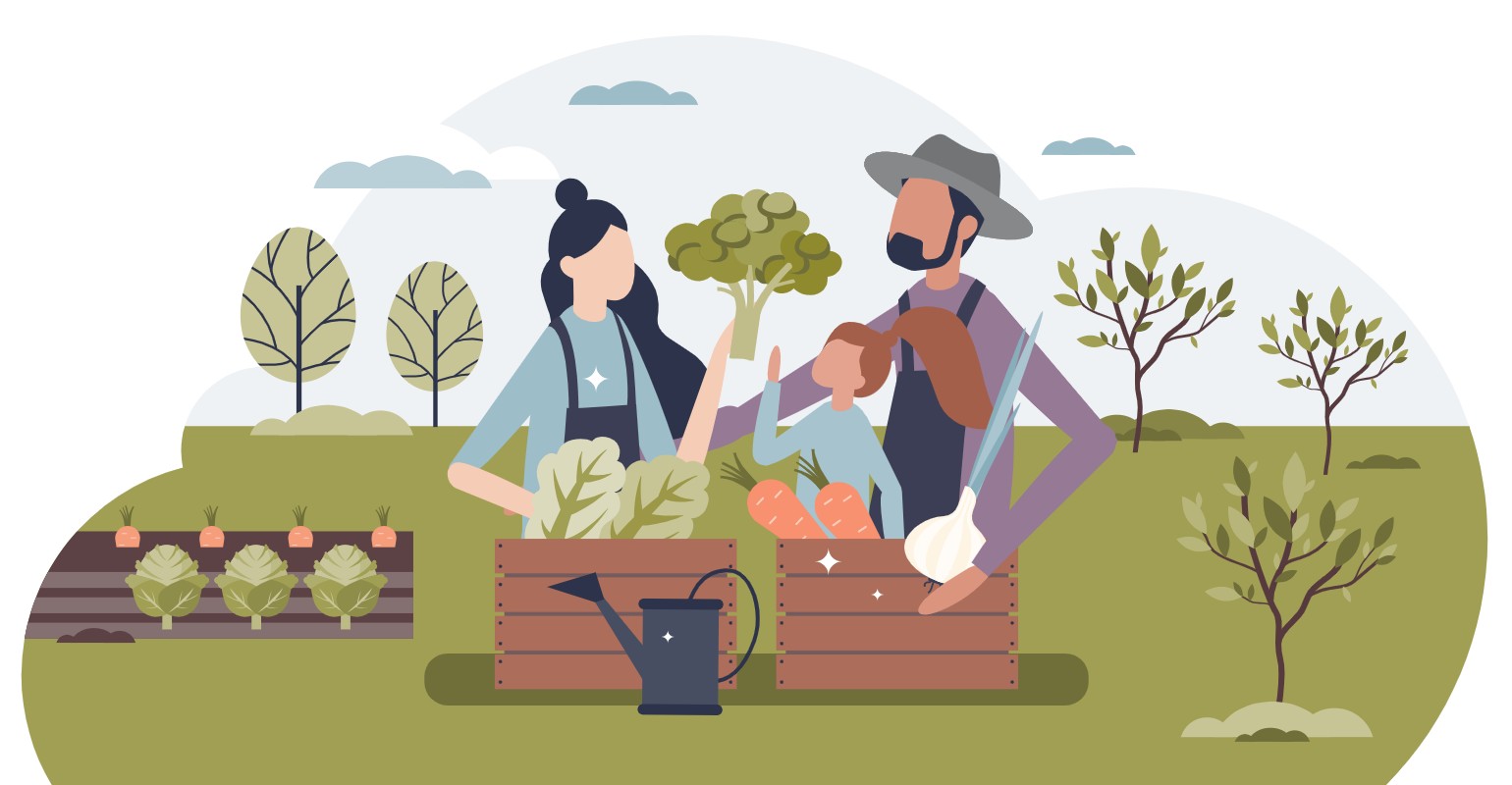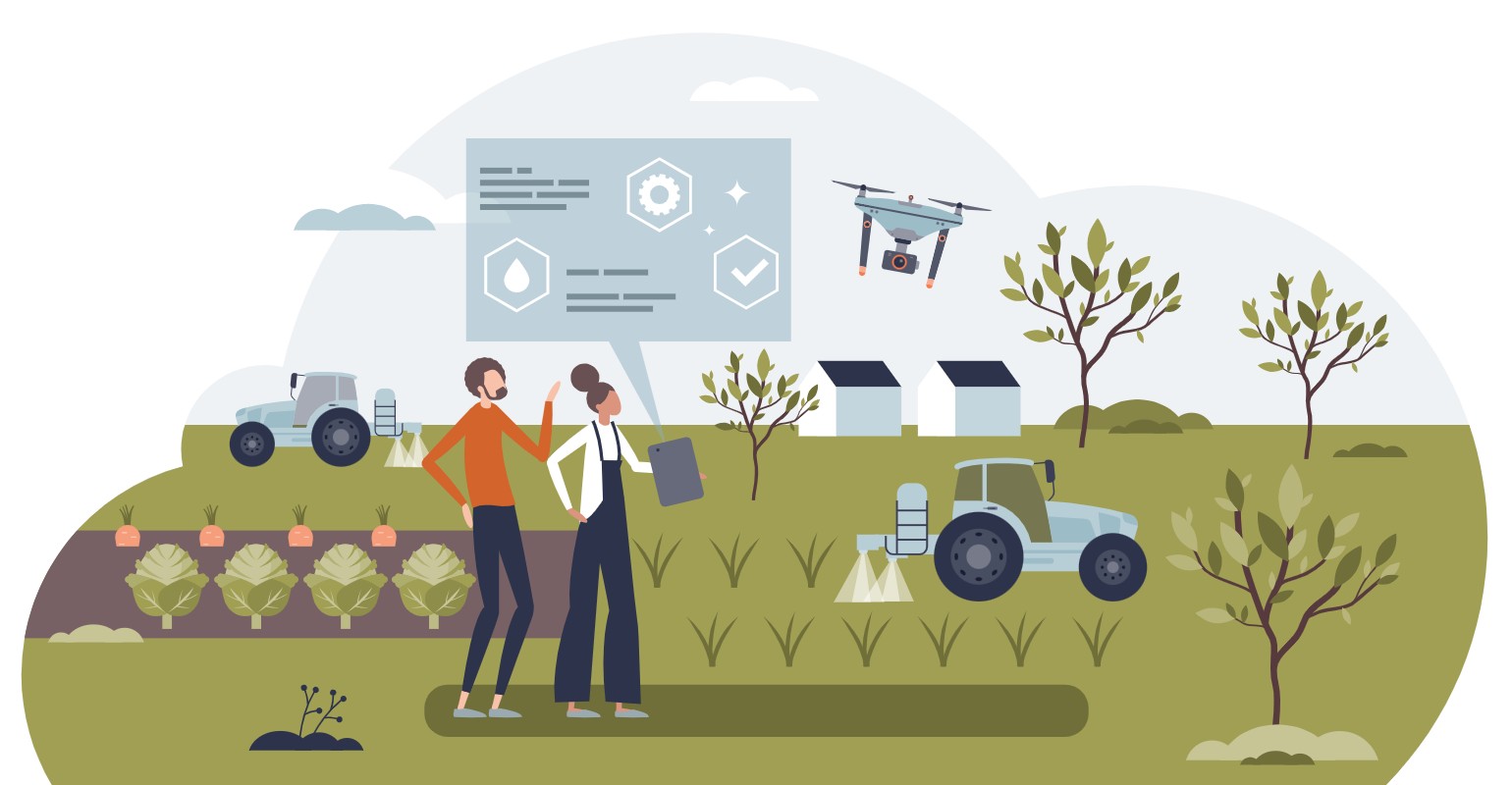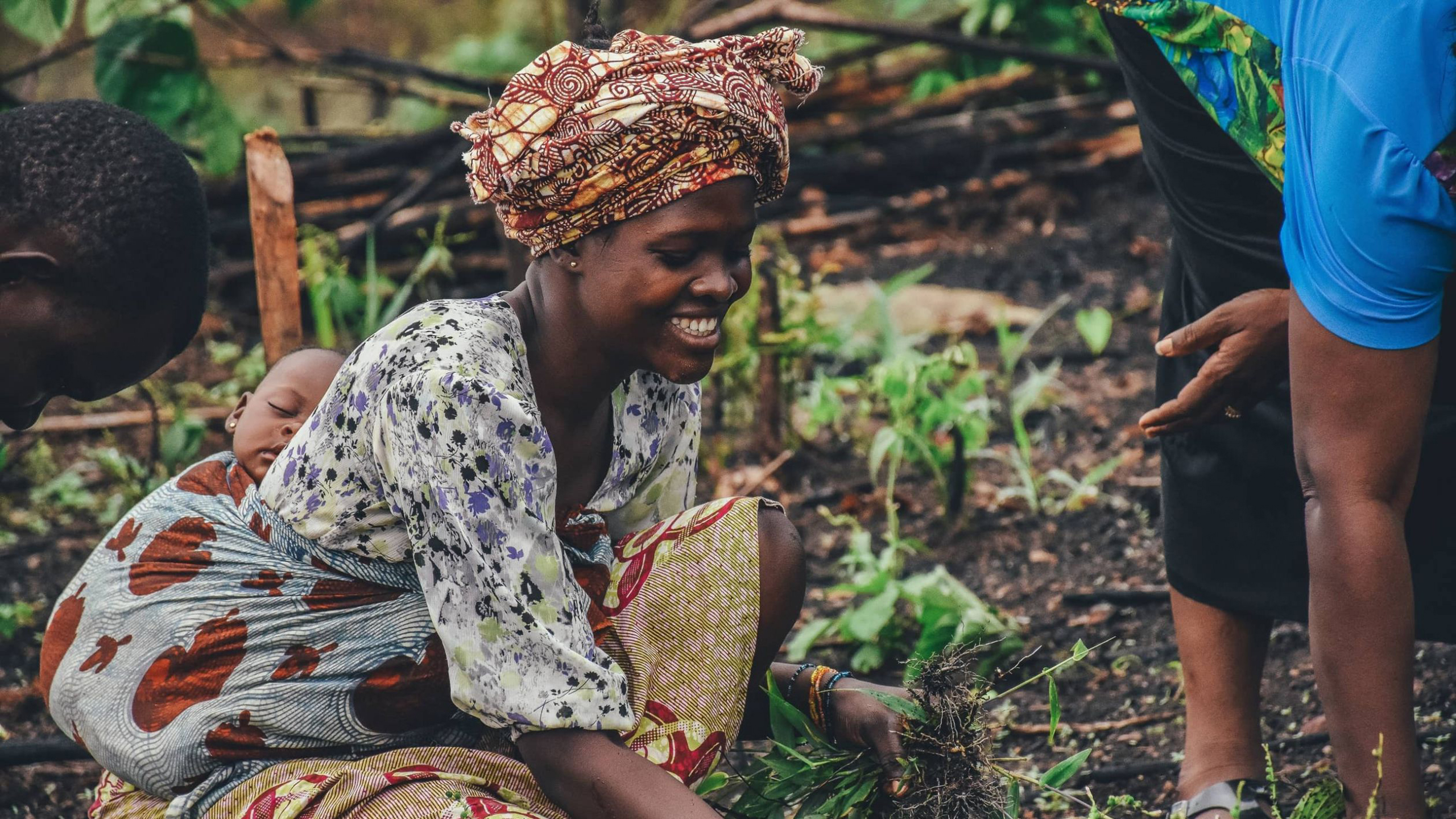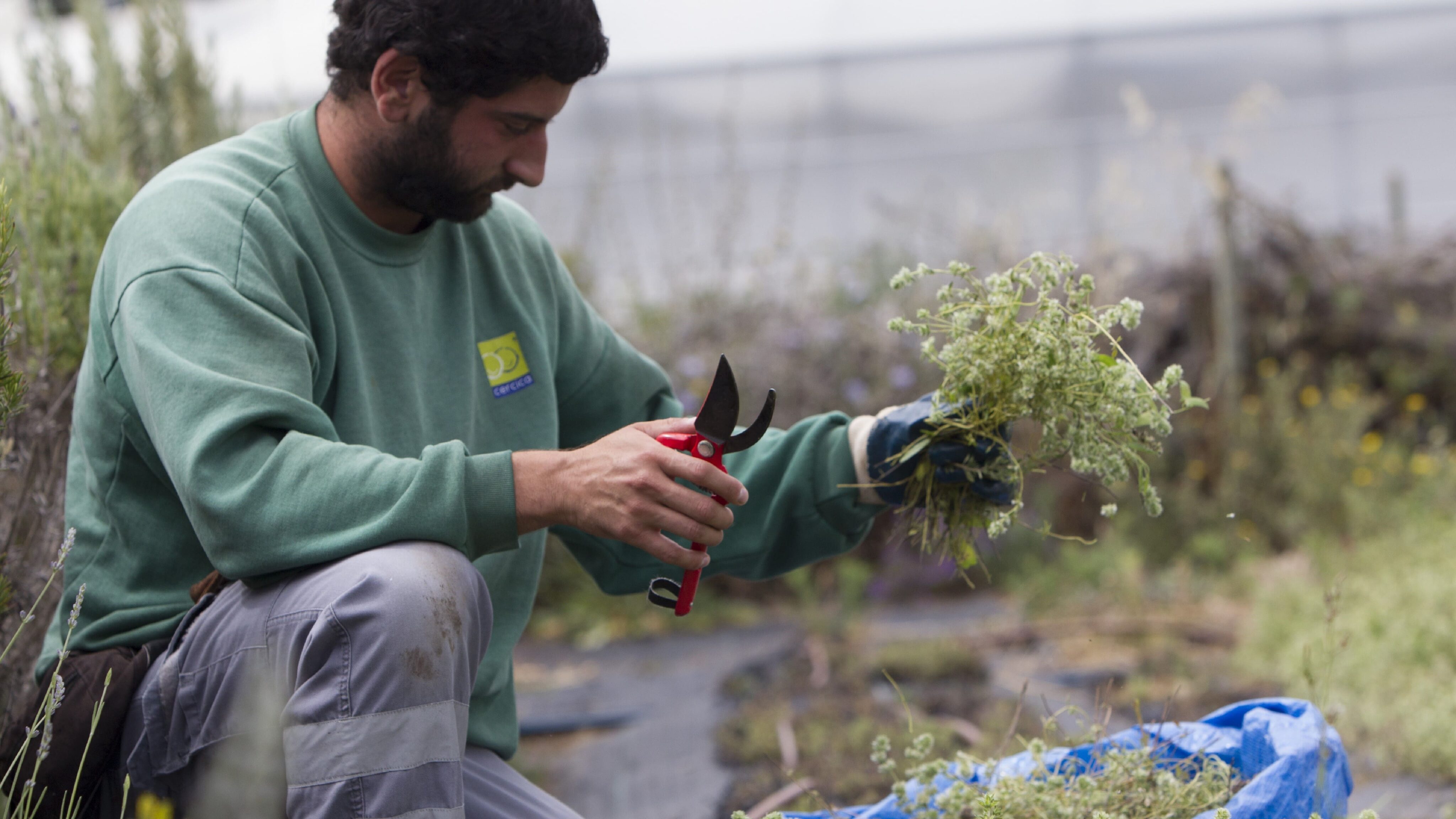A revolution that came from the earth
In the past, direct contact between consumer and producer was commonplace. Food was plucked from the land and eaten – what we now call “farm to fork”. That began to change in the 70s, as the old food paradigm gave way Third Agricultural Revolution, aka, the Green Revolution. New plant and animal species, plus technological breakthroughs, meant humankind could scale food production on an unpresented way.
With over 8 billion people on the planet, it would have been impossible to survive, let alone enjoy our current standards of living, without these farming achievements. But as millions left the countryside to live in cities, so grew food circuits. Agriculture’s development into industrial production was a natural response to growing demand and massive urbanization, which led to a distancing from the origin and the way in which food is produced.

From intensive to sustainable agriculture
For a period at least, it seemed intensive agriculture, with its laser sharp focus on productive, was just what the world needed. But there was a catch. Intensive agriculture also meant intensive irrigation, chemical pesticides and insecticides, and forced expansion of arable land through deforestation, among others.
There is little question that intensive agriculture increased food production, developed the economy and saved countless lives from starvation. But its environmental effects range from water management and contamination to loss of biodiversity, deforestation and desertification of fertile lands.
Intensive agriculture has also contributed to less seasonality and more food waste, a direct result of supply (production) and demand (consumption) mismatch. Such an imbalance is especially true in developed countries. By resorting to unsustainable methods, intensive agriculture is putting our future food security at risk.
A (new) sustainable agriculture revolution
The global population is poised to reach 10 billion people by 2050. However, according to the World Economic Forum, more than half of the world’s agricultural land has already degraded. What is the solution, then? Since agriculture cannot survive without biodiversity, fertile soils, and a balanced management of natural resources, finding alternatives through sustainable agriculture practices is in everyone’s best interest.
The term sustainable agriculture refers to any process that helps solve today’s issues without harming future generations. It must be economically viable to guarantee the livelihoods of workers and communities, and social and environmentally responsible, protecting and valuing natural resources.
Here are a few examples with lower environmental impacts than intensive agriculture:
-
Regenerative agriculture
Regenerating ecosystems will likely be at the foundation of any relevant agricultural transition. The emphasis is placed on increasing biodiversity, improving soil and water quality, and enabling carbon sequestration, which can help mitigate climate change. In addition, regenerative agriculture empowers farmers to use natural resources sustainably. Crop rotation, organic farming and composting are some of the sustainable agriculture practices used.
-
Organic farming
This method uses natural substances and processes, and it’s prohibited to use synthetic pesticides, apart from exceptions (special uses) in which they are never applied directly to crops and/or soils, and genetically modified organisms (GMOs). The European Union has gone as far as creating an organic logo that certifies organic food products, that is, foods which were produced via organic production methods.
-
Crop rotation
By growing different, rotating food species in the same space, this method facilitates pest control, reduces fertiliser consumption, and improves productivity and soil conservation.
-
Precision agriculture
This method uses data-driven technologies such as GPS to optimise crop management and considers specific crop or soil needs. As a result, it requires less use of fertilisers, pesticides, and water.

European Green Deal and “From Farm to Fork” strategy: cultivating change
Strategies for the transition to more sustainable farming systems are being implemented all over Europe.
The European Commission launched the European Green Deal in 2019. This set of policies was designed to achieve climate neutrality in the European Union (EU) by 2050, in areas such as industry, energy, construction, mobility, biodiversity, pollution, agriculture and food systems. The plan is to allocate 25% of the EU’s agricultural land to organic farming by 2030.

Branded “From Farm to Fork”, the programme involves the entire food system, from food production and transport to fair economic returns for producers and farmers. The goal is to accelerate the transition from the current to a sustainable system that:
- has a neutral or positive environmental impact;
- can help mitigate climate change and its impacts;
- can help reverse the loss of biodiversity;
- can ensure food safety, adequate nutrition, and public health;
- can preserve the affordability of these foods, while generating competitiveness in the EU and promoting fair trade.
Some of the goals proposed by the program, until 2030, are:
- To establish 25% of all EU agriculture as organic farming;
- To reduce pesticide use by 50% and fertiliser use by 20%;
- To reduce food waste by 50%.
It is measures like these that allow for a gradual transition to agricultural processes rooted in sustainability. At home, in our daily choices, we can also make a difference, such as including locally-sourced and organic products in your shopping bag, or choosing seasonal fruits and vegetables. Find out how our eating habits impact the planet.
Got any questions? Write to us at info@be-the-story.com and subscribe to our newsletter to receive more articles like this in your email.



